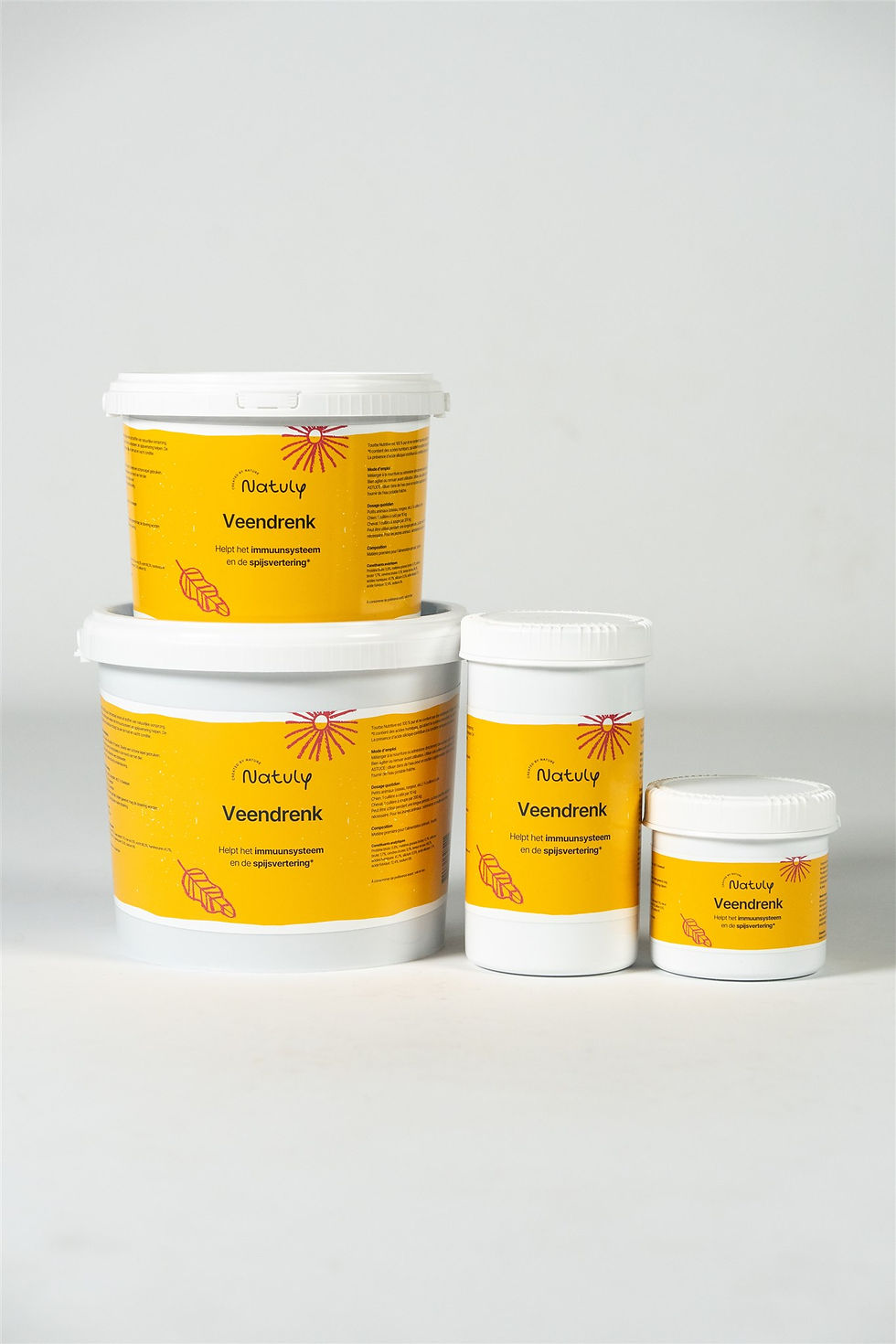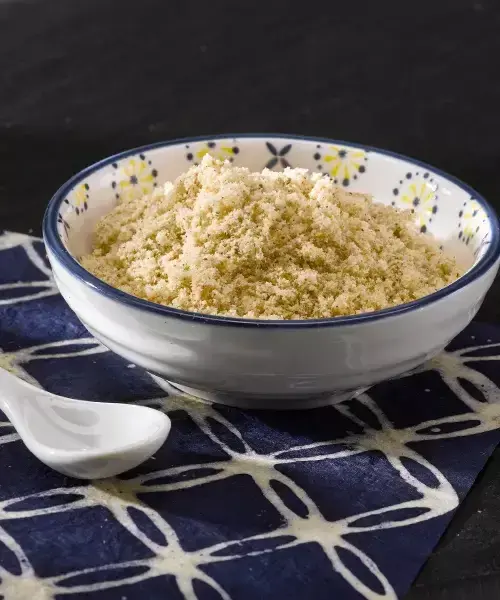Mineral buffet for horses: give your horse a choice!
You want to give your horse the best possible diet. Choosing the best feed is not easy. If we consider what a horse has available in the wild, it is a choice of grasses, branches, leaves and plants that he (or she, of course) eats throughout the day. A mineral buffet for horses also gives your animal a choice. Find out what it is and how to put one together yourself.
A mineral buffet for horses lets the animal choose.
Imagine the ideal situation for your horse. It is not the same for all horses, as it depends on age, breed, sport and personal preferences. But it probably has one thing in common: space, variety, good quality fodder and the right herbs in the pasture.
Not only do horses enjoy grasses, they also contribute to a naturally varied diet. Grass-rich pastures with good-quality, mineral-rich soil often contain a wide range of vitamins, minerals and trace elements that occur naturally in the soil.
For many horse owners, these green pastures are not accessible. Certainly not all year round. Lack of space, poor soil, overgrazing and winter spoil the party.
Good forage contains different herbs and comes from healthy soil. Most forage is not of this quality. This is due to poor soil. If the soil does not contain minerals, neither will the hay. It is difficult to know for sure whether your hay is of good quality. One solution is to let the horse choose for itself. Horses are capable of regulating themselves, but they need to be given the opportunity to do so. This is what you offer them with a well-stocked mineral buffet.
What exactly is a mineral buffet for horses?
In practical terms, a mineral buffet often consists of a row of buckets or feeders. These containers hold minerals such as Icelandic seaweed, Celtic sea salt, mother earth and diatomaceous earth. We will tell you more about this later.
In a mineral buffet, it is important to present the minerals separately. This gives your horse a real choice. They should not touch each other.
Observe your horse's behaviour. Horses have different needs. The preference for a particular container, containing a specific mineral, varies from horse to horse. Physical exertion also plays a role. When a horse sweats, it loses mineral salts. In case of intense exertion or hot weather, the animal will probably resort more to Celtic sea salt. During moulting, it will prefer Veendrenk.
To give your horse free choice, provide permanent access to the mineral buffet. It is best to hang up the buckets and bins to prevent your horse from dirtying or knocking them over. Clean the bins thoroughly from time to time and do not overfill them. This will keep the minerals clean and fresh. And, although it goes without saying, make sure your horse always has fresh water available. You mix the raw materials with water, but it is important to also have 'normal' water on hand.
Water, salt and perspiration
Horses need daily access to fresh, clean water. A horse can drink between 20 and 70 litres of water per day, depending on factors such as the weather, the intensity of physical exertion and its diet. A pregnant or lactating mare also has greater needs. In hot weather or during intense exertion, a horse sweats more and needs more water. This is logical.
When a horse sweats, it doesn't just lose water. You've probably heard of electrolytes. These are salts (minerals) such as sodium, chloride and potassium, which are present in the blood. These salts are eliminated through sweating. This is why top athletes often consume energy drinks or gels. The same applies to horses. A horse loses even more electrolytes through perspiration. The more the horse perspires, the more electrolytes it loses. The Celtic sea salt that you put in the buffet contains a lot of electrolytes. A Himalayan salt lick also contains electrolytes. What's more, with a bit of luck, it stimulates thirst. Drinking water helps the animal recover after exercise.
A free choice of minerals has three advantages:
A mineral buffet:
1. Fills deficiencies;
2. Restores the balance of minerals and trace elements;
3. Promotes natural behaviour and mental relaxation.
Sniffing, choosing, licking: this keeps the horse occupied. What's more, licking regulates stress and promotes saliva production, a form of relaxation, just like chewing. So make sure you always have Himalayan lick stones available. Preferably three in different colours, to offer a varied range of minerals and trace elements.





























